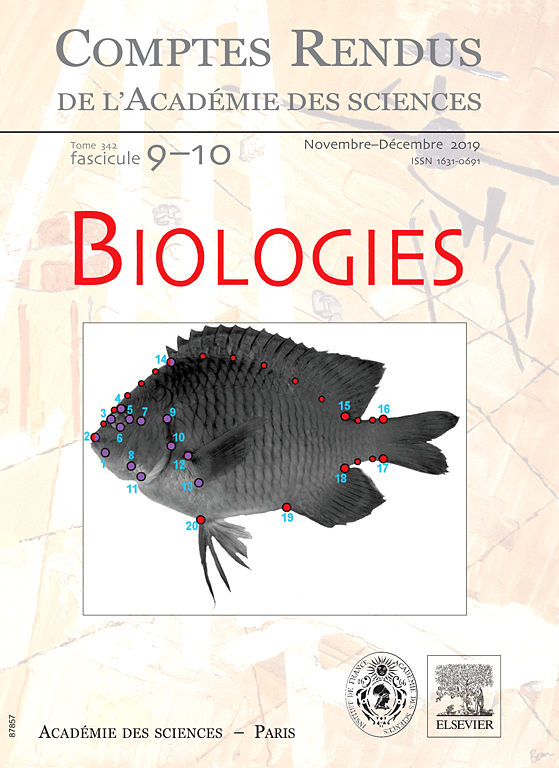揭示看不见的世界:翻译的实时成像如何开启发育生物学的新视角。
IF 0.6
4区 生物学
Q4 BIOLOGY
引用次数: 0
摘要
实时成像技术的最新进展使我们对活细胞中的蛋白质合成有了更深入的了解。在翻译实时成像的各种方法中,这种观点强调了基于抗体的新生肽检测的使用,这种方法可以实现体内单分子翻译的可视化。我们研究这些进步如何提高我们对生物过程的理解,特别是在发育中的生物体。此外,我们还讨论了该领域的技术进展,并提出了进一步改进的建议。最后,我们回顾了一些例子,说明这种方法如何在整个生物体的翻译及其调控研究中取得未来的科学突破。本文章由计算机程序翻译,如有差异,请以英文原文为准。
Shedding light on the unseen: how live imaging of translation could unlock new insights in developmental biology.
Recent advances in live imaging technologies have refined our understanding of protein synthesis in living cells. Among the various approaches to live imaging of translation, this perspective highlights the use of antibody-based nascent peptide detection, a method that enables visualization of single-molecule translation in vivo. We examine how these advances improve our understanding of biological processes, particularly in developing organisms. In addition, we discuss technological advances in this field and suggest further improvements. Finally, we review some examples of how this method could lead to future scientific breakthroughs in the study of translation and its regulation in whole organisms.
求助全文
通过发布文献求助,成功后即可免费获取论文全文。
去求助
来源期刊

Comptes Rendus Biologies
生物-生物学
CiteScore
2.40
自引率
0.00%
发文量
22
审稿时长
3 months
期刊介绍:
The Comptes rendus Biologies publish monthly communications dealing with all biological and medical research fields (biological modelling, development and reproduction biology, cell biology, biochemistry, neurosciences, immunology, pharmacology, ecology, etc.).
Articles are preferably written in English. Articles in French with an abstract in English are accepted.
 求助内容:
求助内容: 应助结果提醒方式:
应助结果提醒方式:


